It’s time to talk about dump stations! All RVers do it, so we thought we’d chime in, too.
When you use your RV, it is inevitable that your gray and black waste tanks will fill up. You need to find places where you can dump your RV waste and even rinse out your waste tanks if necessary.
Fortunately, there are quite a few options for where to dump RV waste but sometimes it’s hard to find these places. In this article, we help you find where you can legally dump RV waste, if you have to pay or not, and the best practices for dumping that waste.
Let’s get this conversation started!
Where Can You Legally Dump RV Waste?
Do you remember Cousin Eddie in National Lampoon’s Christmas Vacation?
Even though it was a funny scene in the movie, we don’t want you to be like him because dumping your RV’s black tank on the ground, in a grated drain near the curb, or in a nearby body of water is NEVER ok! It’s illegal and considered a biohazard because it will contaminate local water sources through direct contact or runoff, causing health issues in humans and animals. Not to mention that it’s just plain disgusting!
Although no one wants to ever be in this situation, we know that accidents happen and some “black water” could end up on the ground near the waste inlet at the dump station. However, you should try really hard to never let that happen and there are ways to make sure it won’t. Having a good RV sewer hose and tight-fitting connections is a start.
Later, we’ll discuss the best practices for dumping RV waste so keep reading!
Anyway, the only, 100% legal place you can dump RV waste is at an approved dump station or sewer hookup at your site in a campground or RV park.
12+ Places You Can Dump Your RV Waste Tanks
1. Campgrounds and RV Parks
Most campgrounds and RV parks have places either at each campsite or at a separate dump station where you can dump RV waste.
It’s very convenient if your RV site has a sewer connection you can hook your RV up to. You won’t have to move to a dump station at another location within the park if you are staying longer than you have waste tank space for or somewhere along the route to your next destination. You can simply empty and rinse your waste tanks right where you’re parked and live happily ever after!
Many RV parks and campgrounds have maps that show where to dump RV waste if there is no place to connect to the park’s septic system from each site. This is more inconvenient if your tanks fill up and you have to move your RV before your stay is over. But, it’s better than having to find a location that’s farther away from the campground or RV park.
However, there is another option. You can acquire a smaller, portable waste tank that can be filled at the site your RV is parked then dumped at the campground’s dump station. Since they are so heavy when full, many RVers who have these portable tanks simply tow them behind their tow or towed vehicle to the campground dump station then back to their site. They are not having to move their entire RV just to dump the waste tanks, making it a convenient choice.
2. RV Dealerships
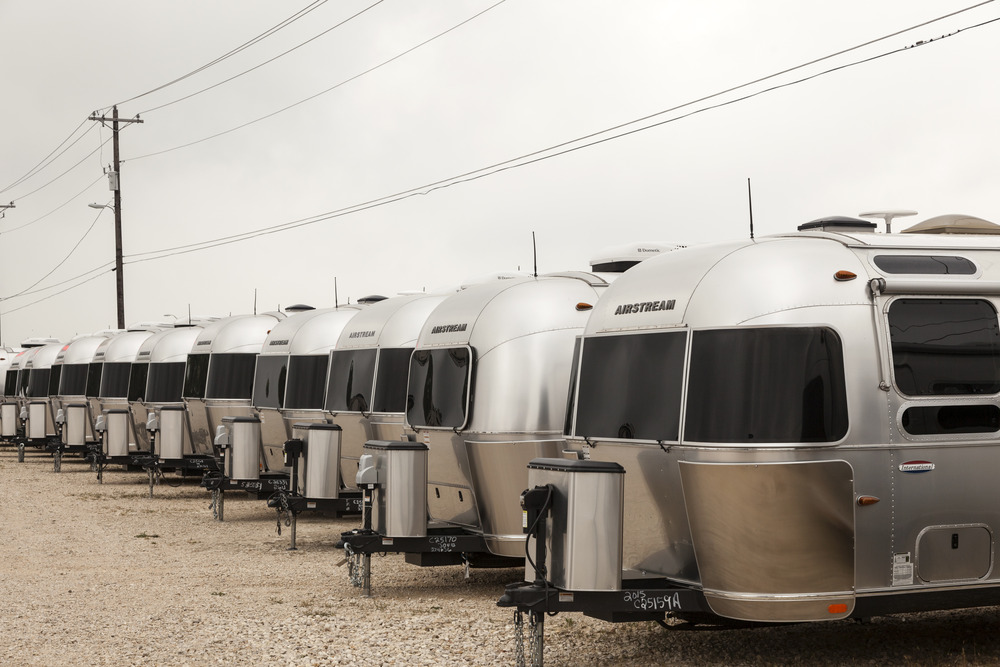
You might be surprised to find out that RV dealerships will direct you where to dump RV waste on their property. No, it doesn’t mean they’ll let you spew it onto the ground wherever. It means they have an actual dump station on their property for RVs they get on their lot that have full waste tanks. They also use it after filling waste tanks on RVs they are servicing if they have a service center attached to the dealership. So, if you can’t find any other place to legally dump your waste tanks, look for the nearest RV dealership.
3. Some Gas Stations and Truck Stops
Gas stations are another recommendation for where to dump RV waste. Not all gas stations offer this, though. You will need to check with each gas station separately, even if they are part of a chain. Examples of gas stations and truck stops RVers have used to dump their RV waste tanks are Maverick, Pilot, Flying J, Love’s and AM/PM to name a few.
4. Some Rest Stops
Many states have dump stations at their rest stops or rest areas. Washington, Alabama, and Kansas are just a few of the states to do this for free for RVers and others who have onboard waste tanks. You can stop, take a nap, dump your waste tanks, then be on your way.
Sadly, due to budget cuts, remodeling, and construction zones, some of these are unavailable and are either closed temporarily or permanently. You should always check the state’s department of transportation website to find out more details about their rest areas with dump stations before counting on one to be open.
5. RV Service Centers
RV Service Centers or repair shops can often be relied on for having a designated dump station. As they work on RV water and waste systems, they tend to fill up the waste tanks. Having an approved dump station on their property keeps them from needing to take your RV somewhere else to empty those tanks.
Some RV service centers even have full hook-up sites for RVers who are full-time! If you get “lucky” enough to stay on-site in your RV while your rig is being worked on, you can easily dump your waste tanks at the full hook-up site. Otherwise if you’re not going to have work done, call ahead during your travels to find out if their dump station is open, available, and how much it may cost.
6. Some State Parks
State parks that do not have full hook-up campsites will often, but not always, have a dump station for you to empty your RV waste tanks. They are often away from the campsites and easily accessible on the way out of the campground.
To help maintain these dump stations, many state parks charge a fee to use the dump station.
7. National Parks

Most national park campgrounds are primitive. This means they have no hook-ups for you at their campsites and therefore, have dump stations to use instead. Maps of the campgrounds will show where to dump your RV waste and will usually have non-potable water for rinsing your black water tank.
8. Marinas
Boats with waste tanks need to be dumped, too! Thankfully, marinas on lakes, gulfs, rivers, and harbors along the coastline have dump stations. This also means these dump stations are available for you to take advantage of as you’re traveling through an area in your RV.
While these dump stations can be near a boat launch, they can also be off of a dock. So unless your RV is also a boat, the dock is not an option. Be sure to call ahead, check online, or look at mapped details of these locations to see the exact spot you will need to be to dump your waste tanks.
9. Outdoor and Sporting Goods Stores
Big-box sporting goods stores like Cabela’s and Bass Pro Shops, and even some smaller outdoor sporting equipment stores, have RV dump stations. Often in large parking lots, there’s usually plenty of room for big rigs to pull into.
Sadly, and for many reasons, not all of these stores continue to have a functioning dump station. It’s best to call ahead to a specific store’s customer service line to make sure you will not be going out of your way to a dump station that isn’t working or is no longer available.
10. At Home (Sometimes)
You might wonder, “I have a home base so why can’t I just dump my RV waste into the sewer clean-out or right into my septic system?” The short answer is you can. But, there are things you need to think about first like local ordinances, what your septic system can handle, and if you can reach your home’s sewer clean out pipe.
There are cities and towns where it is illegal to dump RV waste tanks into the city’s sewer system through your home’s clean-out pipe. You definitely need to call and ask if it’s ok before you dump.
Many times, your house’s sewer clean-out pipe is at or near the front of your house and easily accessible from your driveway. But sometimes it’s not. You need to determine if you have enough sewer hose to reach from your RV to the clean-out pipe. If your sewer hose is long enough and it’s legal to use the clean-out pipe, then dump away! It’ll save you a trip to a dump station on the way home.
A septic system at your house can only handle so much water and waste going through its system at once. So if you have a lot of waste you plan to dump at once, your septic system may not be able to handle it and you could have a mess or costly repairs on your hands.
One way to remedy this is to use a macerator connected to a hose that is much smaller in diameter than a regular sewer hose. This can slow down the flow of the waste going into your septic system and at the same time, decrease the size of the particles that need to break down in the septic tank. But, you’ll still need to be aware of how much you’ll be dumping into the septic tank. You really don’t want to accidentally fill it too much.
11. Fairgrounds
County fairgrounds are less often thought about for where to dump RV waste tanks but most of them have either full hook-up campgrounds or a dump station right on site.
If you plan to stay at one of their full hook-up sites, then it will obviously be easy for you to empty your waste tanks right at your campsite. However, if you’re just traveling through an area, fairgrounds are usually open seasonally during the day even if there is no county fair going on. You can drive in, dump and rinse your waste tanks, and be on your way to your next destination.
As always, if you’re unsure of their hours of operation, you should call ahead. They can also tell you the exact location you should enter the fairgrounds and whether you can dump for free or if there’s a fee.
12. Other RV Dump Station Locations
RV dump stations really are everywhere if you know where to look. Here’s a quick list of some other places RVers have dumped their RV waste tanks that you might not have thought of.
- Stadiums and convention/event centers
- Visitor centers
- RV storage and mini/self storage lots
- County and city parks
- Wastewater treatment plants
How To Find RV Dump Stations Near You

RV dump station locations are right at your fingertips! It’s so easy to use apps and websites designed specifically for this task so you don’t have to spend hours driving around looking for the right place to stop.
Apps and websites like Campendium, Sanidumps.com, RVdumpsites.net, iOverlander, theDyrt, and Allstays give tons of options along travel routes for RVers. And for finding RV dump stations at truck stops, just use the same truck stop app you use when you’re going to fuel up. You’ll need to pay to use some of these while others are free or have a free version with pop-up advertising.
Is It Free To Dump Your RV Tanks?
Dump stations range in price from free up to $30 and more. However, most are in the $5 to $15 range. This is only to dump and maybe rinse your tanks. If available, filling up your fresh water tank with potable water may be an extra charge in addition to the dump fee or it could be included with the dump station charge. Either way, it’s very convenient to do both at the same location.
If you are staying at a campground without full hook-ups, using their dump station is usually included with your camping fee.
Use the apps and websites listed above if you want to compare prices. If all else fails and there is a way to contact the organization that maintains the dump station, you can get more information directly from them.
Best Practices For Dumping RV Waste
You’ve found the dump station you were looking for. Now what? Well, it’s time to get to work dumping those tanks! We’ve included some easy-to-follow directions as well as what to do if there’s a line at the dump station.
If you’re new to RVing and aren’t sure what to do when dumping your RV waste tanks, here are steps to make the process easy and efficient.
Empty Black Water First
- Attach one end of your sewer hose to your RV’s waste tank outlet and the other end to the inlet at the dump station. Make sure they are secure! You can ask some veteran RVers what happens if they aren’t. We won’t “cover” that here.
- Pull the valve lever for the black water tank first and empty all its contents.
- If you don’t plan to back-flush your black water tank, flush a toilet bowl or two full of fresh water down into the black tank to push out any lingering toilet paper that may get caught at the valve. Let that drain completely.
- Close the black tank valve.
Back-Flushing Your Black Water Tank
- If you plan to back-flush your black water tank, connect the water source at the dump station to the back-flush valve on your RV. Fill your black water tank. Keep track of how much you are filling your tank. Some nasty water has come out of the black tank vent on the roof of some RVs when the black water tank is overfilled while back-flushing. Ask some RVers how they know…
- Reopen your black tank valve and drain your black tank completely. Repeat the step above if necessary.
- Close the black tank valve.
Empty Gray Water
- Open the gray water tank valve(s). Some RVs have a galley gray water tank in addition to a bathroom sink/shower gray water tank. Both need to be emptied.
- Close the gray water tank valve(s) after emptying.
- Detach your sewer hose from your RV and replace the cap on your sewer outlet.
Rinse Your Sewer Hose
- Rinse your sewer hose if rinse water is available while one end is still attached to the dump station inlet.
- Detach the other end of your sewer hose from the dump station inlet.
Pro tip: Connect the ends of your sewer hose together to prevent leakage and store your sewer hose away from fresh water hoses, water filters, etc. to prevent contamination.
Dump Station Etiquette

You followed these steps above perfectly but now you have some other RVers in line looking like this guy and grumbling at you because you took a really long time. Sorry, we didn’t exactly warn you ahead of time that this might happen.
Here is some etiquette all RVers should follow at RV dump stations so that an unpleasant task doesn’t become worse for others.
Don’t Take Too Long
- If there is a line at the dump station, do not take the time to back-flush your black water tank.
- Don’t worry about flushing out your sewer hose with water before storing it. The gray water will move any black water particles out of the sewer hose well enough until you can flush it out another time. Just connect the two ends together so it won’t leak while it’s stored.
Clean Up After Yourself
- If you spill any waste water contents onto the ground around the dump station, use a hose connected to the nearby water source and clean it up. Spray water and your spillage toward the dump station inlet for it to drain into the correct place. Even if there’s a line, the people behind you will appreciate your clean-up efforts.
Move Out Of The Way
- Once you dump your tanks, pull forward out of the way before you reorganize your RV sewer supplies, add tank treatment to your waste tanks, wash your hands, etc.
- If you need to fill your fresh water tank and the potable water spigot is next to the dump station, pull as far forward as you can before starting. The next RVer in line can then reach the dump station while you fill up with fresh water.
Now you know all there is to know about where to dump RV waste and even how to be polite while doing it!
We’re so glad we could help make this unpleasant topic just a little bit more bearable and hope that it makes your RV travels a little simpler. Happy travels!
Did you like this? Pin it on Pinterest!
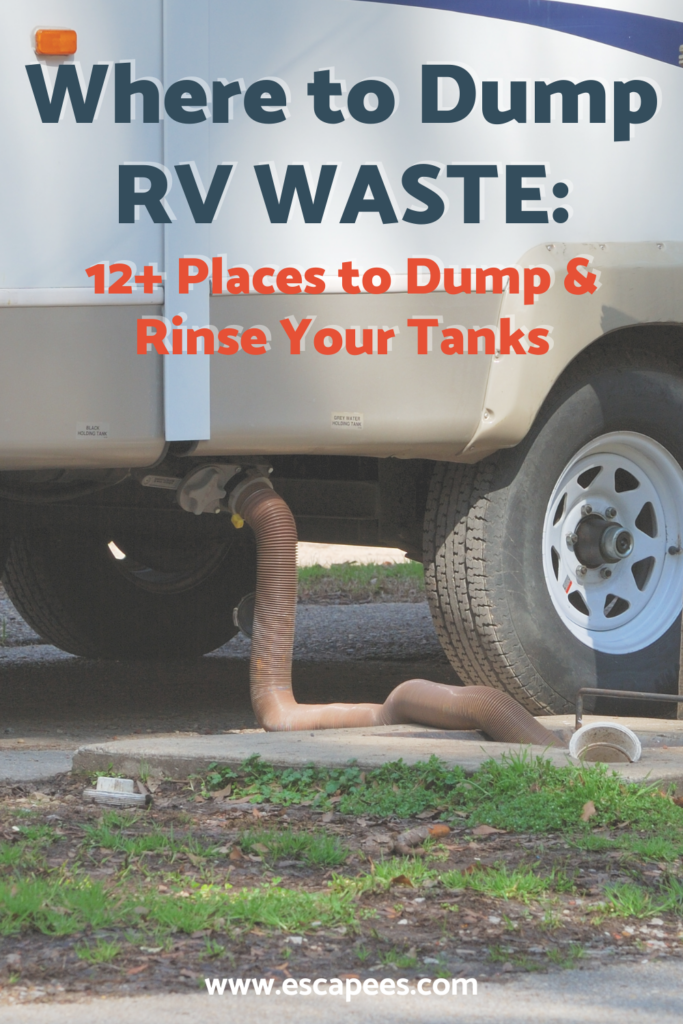






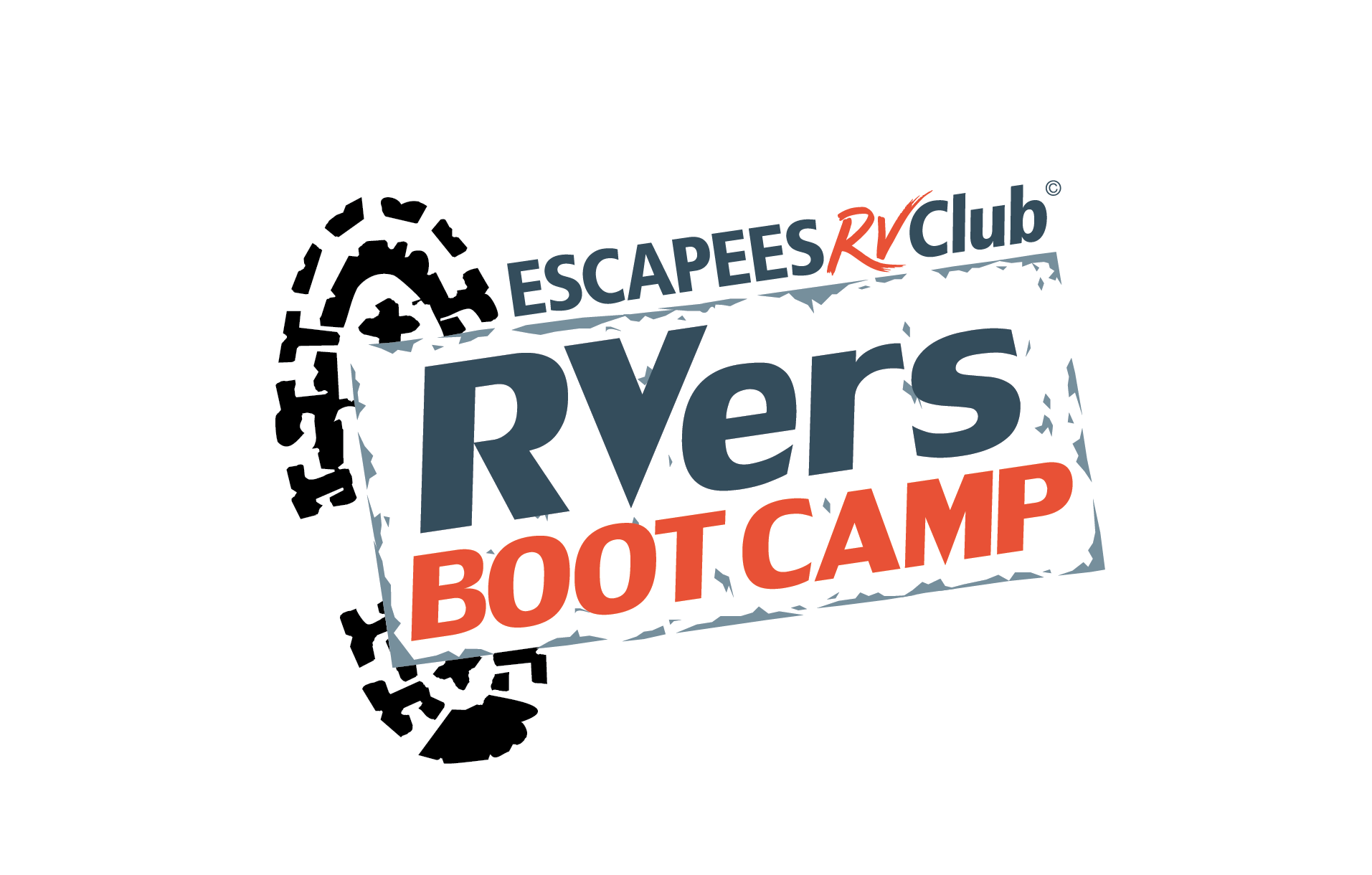


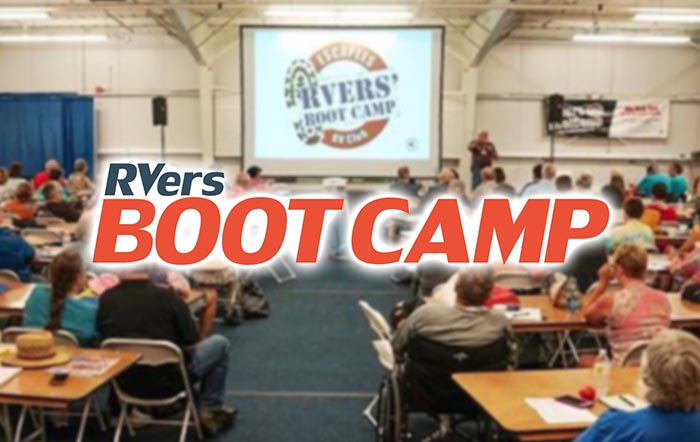
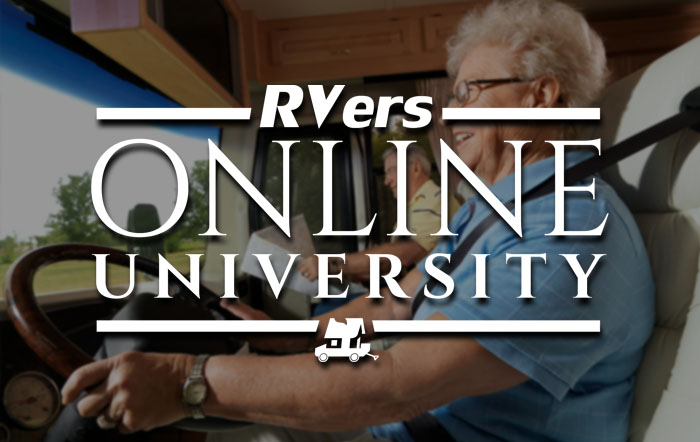

3 Responses
When I saw the title “Where to Dump RV Waste:”. I was hoping you’d address the rapidly growing RV population that use composting or non-liquid saturated toilets. BLM, NFS, and NPS have different regulations. Each city and state may have different statutes and regulations. Hope someone will cover this issue one day. Maybe the Escapees website can put together a current guide, state by state, agency by agency, to cover this.
most “experts” tell you to empty your black tank first. good idea BUT I start with my gray tank for the first 3 / 5 seconds this fills your hose and checks for secure connections. then shut down the gray and proceed with the black tank less chance of and ugly spill.
Great idea!